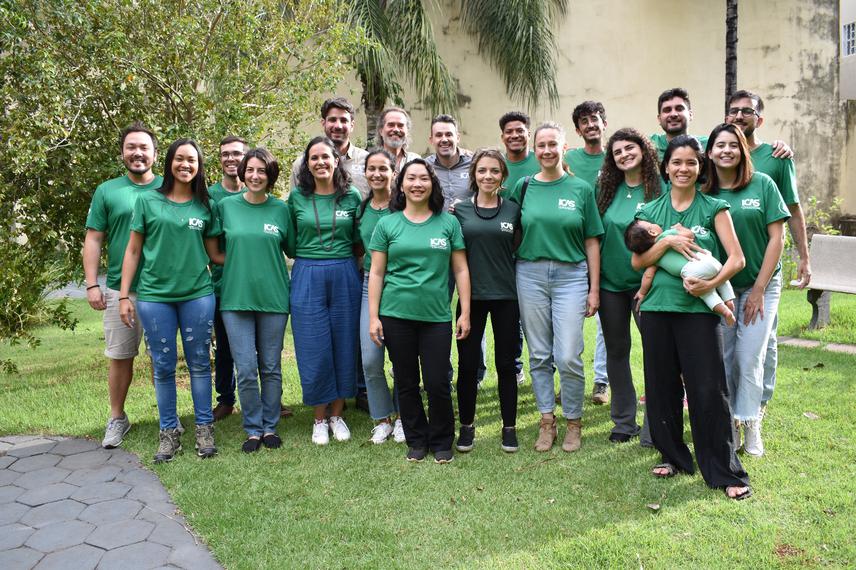Ana Carolina Monteirinho Lobo
The Giant Armadillo (Priodontes maximus), one of South America's rarest Xenarthrans, is classified as Vulnerable to extinction. Despite its wide distribution, its low reproductive rates and naturally low population densities make it highly susceptible to local extinction (Desbiez & Attias, 2022). This species acts as an ecosystem engineer, providing refuge against extreme temperatures and predators, feeding ground or resting place for over 70 vertebrate species (Desbiez & Kluyber, 2013). Yet, despite its significant ecological role, there is a critical lack of research on the reproductive biology and physiology of this endangered species. Recognizing the critical importance of reproduction for species survival and genetic viability, I embarked on a master’s degree in Wild Animals at the School of Veterinary Medicine and Animal Science (FMVZ), State University of São Paulo, Brazil (UNESP), to study the reproductive biology and physiology of female giant armadillos in the Pantanal wetland, Brazil in collaboration with the Wild Animals Conservation Institute (ICAS).

Female giant armadillo sedated for reproductive and health assessment by veterinarians Carolina Lobo and Mayara Caiaffa. ©Audrey Brisseau / ICAS.
The project will involve fieldwork in a 350 km² area of the Pantanal, focusing on capturing and monitoring at least nine female giant armadillos. The team will employ clinical exams, ultrasound assessments, and document reproductive behaviors using camera traps. This study aims to provide crucial insights into the reproductive biology and physiology of wild female giant armadillos and establish effective methodologies for monitoring their reproductive activities. Additionally, the research will evaluate reproductive health by examining reproductive organs and identifying factors that may impact reproduction. It will also provide essential data to improve decision-making in the National Action Plan (PAN) for the conservation of the Giant Anteater, Giant Armadillo, and Three-banded Armadillo (Ordinance Nº 534/2022), where a comprehensive study of giant armadillos’ reproductive biology and social behaviors in situ is a top-priority action.

All members of the Wild Animals Conservation Institute (ICAS). ©ICAS.
Furthermore, it seeks to advance research on giant armadillo reproduction, supporting the development of breeding programs and Assisted Reproductive Technologies (ARTs) such as gamete preservation in biobanks, in collaboration with ICAS, other research institutions, and MSc/PhD students worldwide in the future. Finally, the project also aims to raise public awareness about the importance of biodiversity conservation, encourage actions to support the preservation of this species, and inspire fellow students and researchers to engage in Xenarthra reproduction studies.

Ultrasound examination of the reproductive tract of a female giant armadillo. ©Danilo Kluyber/ICAS.
Header: The first record of a baby giant armadillo with its mother. ©ICAS.